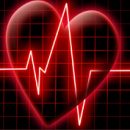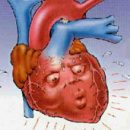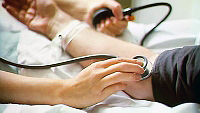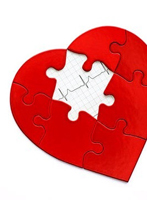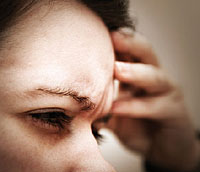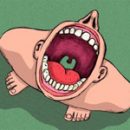Many children with heart and vessels do not need operations. The same of them who need it will benefit as a result of therapy as before and after surgical treatment. Many species of therapeutic treatment are able to improve the work of the heart. With stagnant heart failure and heart rate disorders, the heart function can deteriorate. This is due to the need for therapeutic treatment.
Content
Therapeutic treatment
Many children with heart and vessels do not need operations. The same of them who need it will benefit as a result of therapy as before and after surgical treatment. Many species of therapeutic treatment are able to improve the work of the heart. Under the states that are listed below, the heart function can deteriorate. This is due to the need for therapeutic treatment.
Stagnant heart failure
 In this case, the heart pumps blood on the body is not good enough to ensure the needs of normally functioning organs. This, however, does not mean that the heart stops working.
In this case, the heart pumps blood on the body is not good enough to ensure the needs of normally functioning organs. This, however, does not mean that the heart stops working.
When the heart can not work as it should, the liquid accumulates in the lungs, it makes it difficult to breathe. Children with stagnant heart failure quickly, often breathe, and in other parts of the body they are delayed liquid — Oven arise. Often all these symptoms can be expressed immediately. Uregeneral (diuretics) are used to remove excess fluid, useful and diet from products containing low salts. In addition, it is necessary to consider that babies with stagnant heart failure often experience difficulties in sucking. Among the drugs commonly used in congestive heart failure, digoxin and other drugs that improve the redundant myocardial should also be noted.
Disturbance of cardiac rhythm
Normally, the heart performs 50-150 beats per minute (depending on the age of the child). Sometimes children meet a frequent rhythm of heart cuts (tachycardia). This reduces the ability of the heart to pump blood. Very frequent heart rhythm can be associated with an UPU, but not always. Sometimes in order to slow down the heart rhythm, medications needed.
Sometimes there is an overly slow rhythm of heart cuts (bradycardia). It also reduces the pumping ability of the heart. It is usually caused by a congenital defect, but sometimes it happens after operations. In some cases, an artificial driver of a heart rhythm is used to restore normal rhythm.
Nehydramichny palpitations are most often associated with UPU, but sometimes arise after surgery. Sometimes these rhythm disorders require treatment, the method of which depends on their type.

